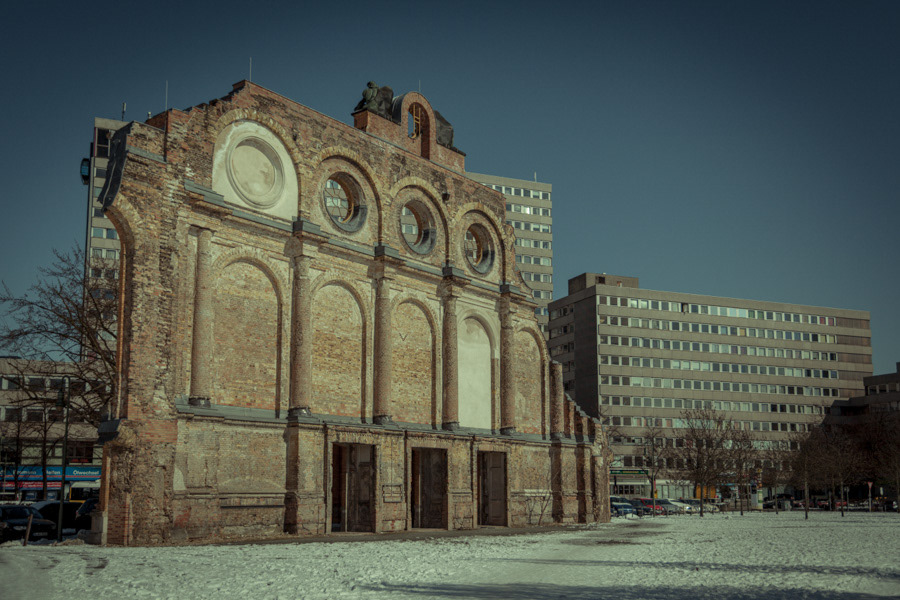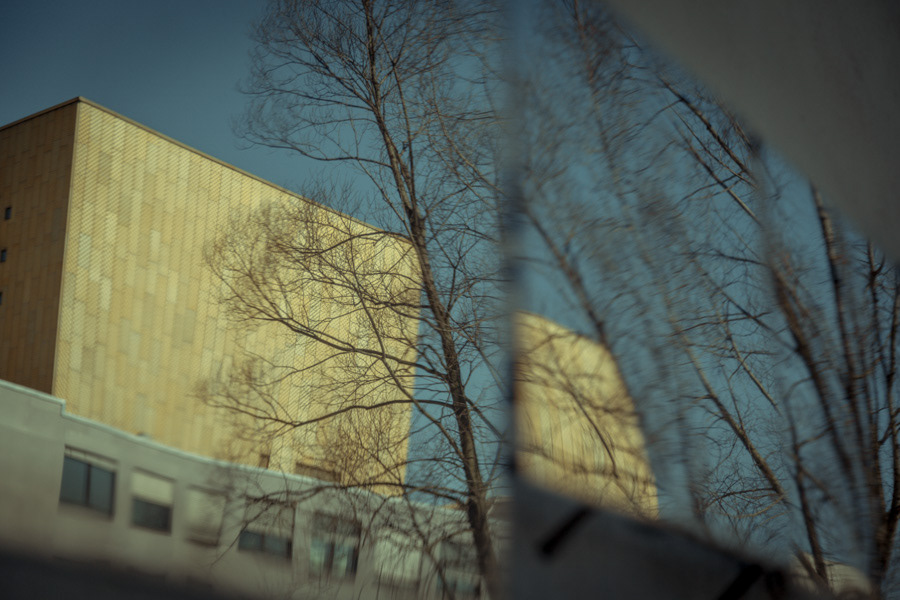05.03.2023
This new version of the website is still heavily under construction, as i am trying to migrate all the content from the old website to the new one.
Itineraries and maps are missing, some more content is missing as well, but I wanted to use the material and to give Elephant in Berlin a new life already.
Best,
Dario J Laganà
www.norte.it
This new version of the website is still heavily under construction, as i am trying to migrate all the content from the old website to the new one.
Itineraries and maps are missing, some more content is missing as well, but I wanted to use the material and to give Elephant in Berlin a new life already.
Best,
Dario J Laganà
www.norte.it
On this blog (2023)
When I started this blog in 2012, I made it with the intention of learning more on the place where I decided to live, based on my knowledge of the Second World War and the Cold War - to move to architectures, factories, small oddities, and nature. In the subsequent years, when I still had a car, I travelled more to Brandenburg, made of a lot of small towns where you can still find historical traces starting from the Medieval Age. This travelling around brought me to develop the base of what after became We Will Forget Soon - on what was left 20 years later the relationship between germans and soviets till ‘94 - and the full archive (at the moment composed of around 50.000 pictures) has also been the background for my following project Deutschland Übergestern - exploring the biographies of people who were forced to radically change job after Die Wende.
The blog rotates around photography, which is my job, and it’s a way to incentivize to walk around Berlin where History is everywhere, near and touchable, not made by old memories, instead by events that have influenced contemporary Europe and our personal lives (the images of the Berlin Wall falling are my first clear television memory). A city where the separation between east-west is carved in the buildings and it is still possible to find the marks, if you’re inclined to explore.
Berlin is already reborn more then once in the last century and its buildings follow perfectly this layering. The best example is the Soho House in Torstrasse - we pass through it every day without a deep understanding of its history through the various stages of European history. It has been built as Kaufhaus Jonaß from a jewish family before Nazi time, then it has been confiscated and paneled with swastikas to be used for the Hitlerjugend (Hitler Youth), after WWII standed out a huge Stalin’s portrait, it then became SPD headquarter, subsequently the Institute for Marxism-Leninism of the Central Committee of the Communist Party of the Soviet Union. Then it was left in decay and now is a private luxury hotel. This is Berlin.
But it is also a city with a lot of parks, markets, of modern buildings and hard choices and the fight for surviving of housing models built from below, the fight for gentrification (for which we are all at different degrees responsable) and the break-up of the city to transform it in a ordinary european city, which is happening really fast.
Unfortunately we can not save everything, not everything will remain as is because Berlin is not a museum-city, but clearly for us watching back at the past every demolished building is a blow to the heart (one of the most painful image is the video of the Anhalter Bahnhof demolition which you can watch in Berlin Babylon documentary film), as well as are the random devastations which have pulverized wonderful places in the years, places where we go to save with photography which is crumbling and which is risking to desappear from the collective memory.
On Collective Memory (2014)
The collective memory, which interests an entire community and generally speaking all of us, is deeply linked with the history of a country and with its past events. It is conducted in its easiest form conferring streets names, plaques, statues and little by little to big monuments.
In Germany in general and in Berlin in particular, in the last century we’ve seen so many significants and strong historical facts, that the city risks to become a huge commemorative installation.
In Germany in general and in Berlin in particular, in the last century we’ve seen so many significants and strong historical facts, that the city risks to become a huge commemorative installation.
We have to be honest that, although most of the German facts haven’t been so positive to leave a favourable mark in the collectivity (Nazism and Cold War are two strong examples), their effort to create places where to base their memory has been remarkable.
There’s no other city in the world where the sense of its own failure has been so strongly converted in the need for memory, where all the different communities (in different times) have found a place to remember their personal stories. The last one has been the Sinti & Roma Memorial, built in Tiergarten not far from the Reichstag.
There’s no other city in the world where the sense of its own failure has been so strongly converted in the need for memory, where all the different communities (in different times) have found a place to remember their personal stories. The last one has been the Sinti & Roma Memorial, built in Tiergarten not far from the Reichstag.
There are different explanations to this catharsis, first of all the high elevated guilt trip for being protagonists or audience of these events (or also just to come from the same people who made them) and at the same time the moral obbligation to give space to all the victims to remember.
Another element is the strong will of redemption, a way of distancing themself from a bulky past and to come to an emancipation (although the Germans still have some tabu topics and they don’t discuss enough also inside their innermost circles).
The other great explanation is the foresight to understand that those wounds are a nonesuch economical and touristic opportunity. Berlin is a charming city, but for sure can not be considered beautiful, after the WWII most of it has been rebuilt and the recostruction, in East as well as in West Berlin, has followed ideological fights and it has not benefits the city. And the city also needs money and a program to realign to the rest of Germany and to the Europe.
Another element is the strong will of redemption, a way of distancing themself from a bulky past and to come to an emancipation (although the Germans still have some tabu topics and they don’t discuss enough also inside their innermost circles).
The other great explanation is the foresight to understand that those wounds are a nonesuch economical and touristic opportunity. Berlin is a charming city, but for sure can not be considered beautiful, after the WWII most of it has been rebuilt and the recostruction, in East as well as in West Berlin, has followed ideological fights and it has not benefits the city. And the city also needs money and a program to realign to the rest of Germany and to the Europe.
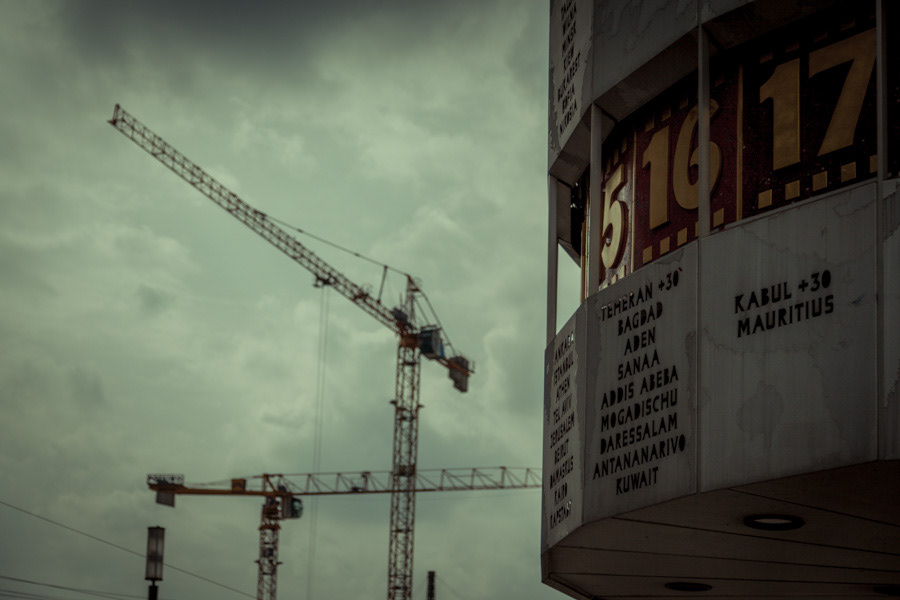

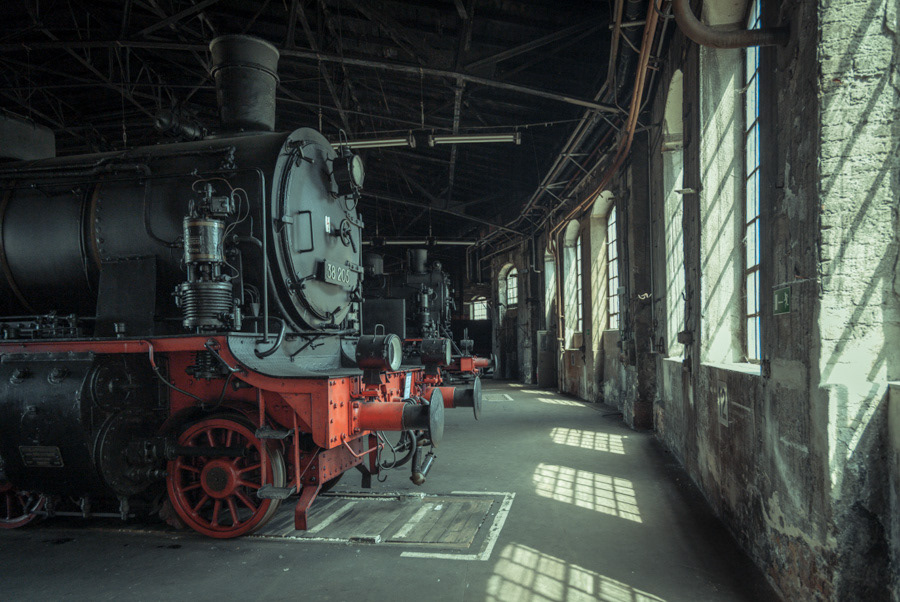
We usually imagine the collective memory, the one which is the base of our cultural identity, like something solid and assumed, coming from the past and given for granted.
Brian Ladd in his book “Ghosts of Berlin”, recalling Nietzsche, says that the society needs to selective forgetting some historical events in order to look forward.
Although this is as true as dangerous (we should ask who’s then choosing and why), deleting the bulks of histories and to fill the city with monuments is not enough. These can become granitic monoliths without weight, if there isn’t a raising awareness and there’s no way to deepen. For these reasons memory is something that needs to be helped and invigorited day by day, that needs an active effort to carry out; it is not enough by itself to have a more active and awake citizenry (the rebirth of neonazis activities in all the country are a clear sign).
Brian Ladd in his book “Ghosts of Berlin”, recalling Nietzsche, says that the society needs to selective forgetting some historical events in order to look forward.
Although this is as true as dangerous (we should ask who’s then choosing and why), deleting the bulks of histories and to fill the city with monuments is not enough. These can become granitic monoliths without weight, if there isn’t a raising awareness and there’s no way to deepen. For these reasons memory is something that needs to be helped and invigorited day by day, that needs an active effort to carry out; it is not enough by itself to have a more active and awake citizenry (the rebirth of neonazis activities in all the country are a clear sign).
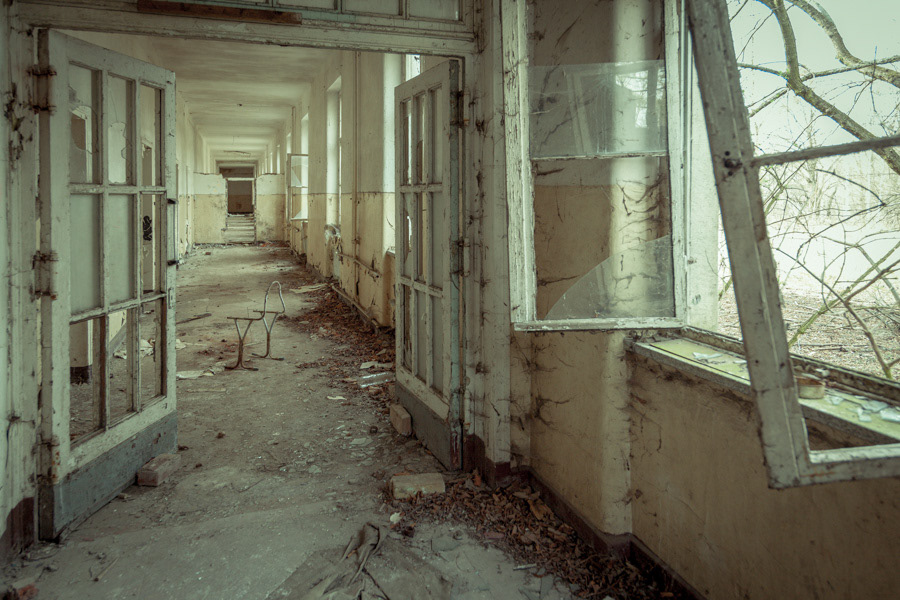
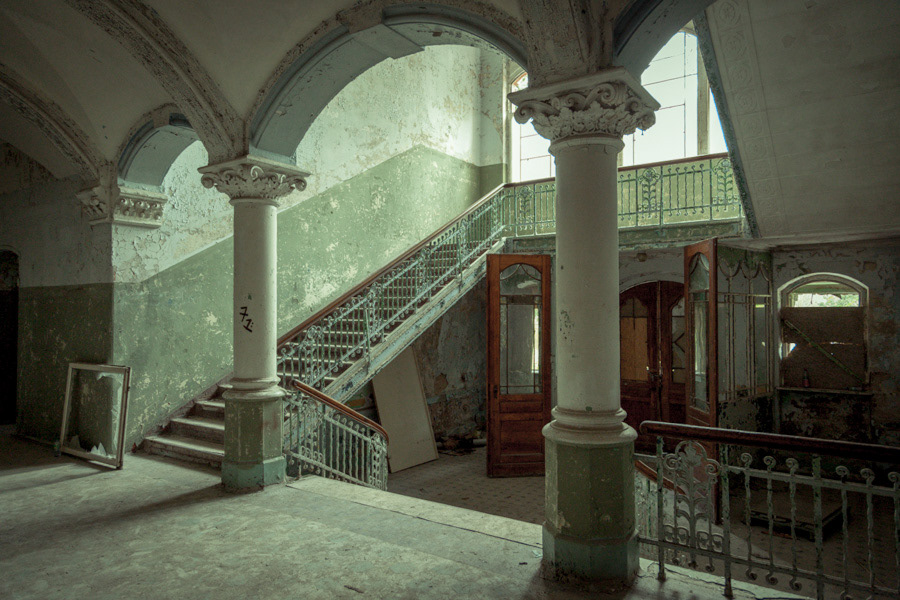
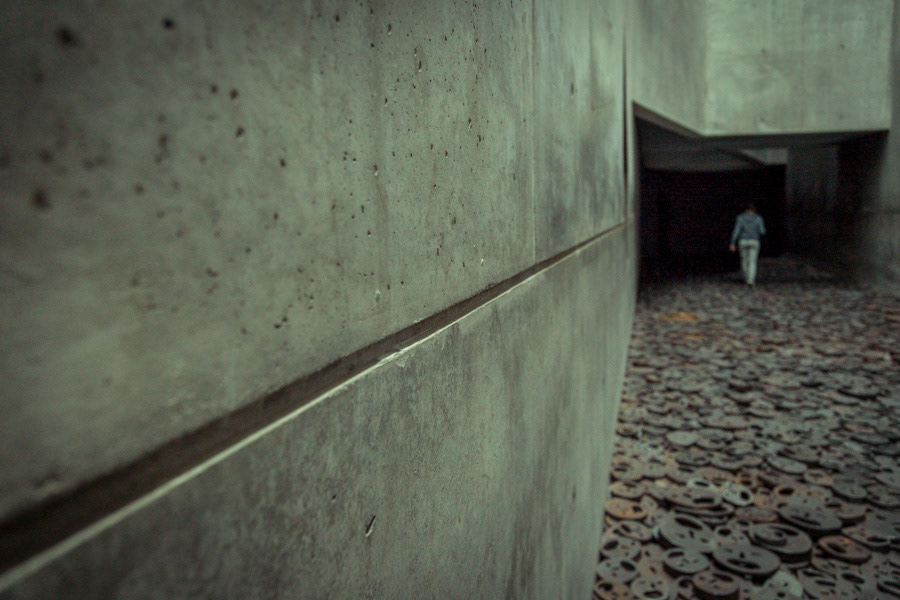
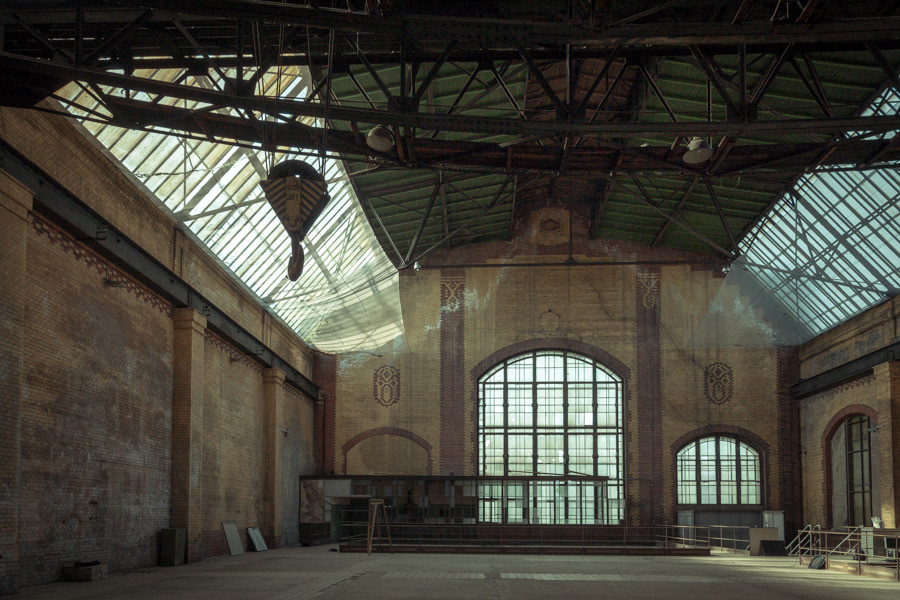
Using a mantra of which we ignore the essence, we usually say that it’s important to remember in order to avoid that such tragic events will occur again in the future. Unfortunately this inclination, absolutely right, it’s not enough to create the conditions for history to not repeat itself. Essencially because the people who need to remember haven’t been protagonists of those stories, but mostly they’ve been viewers or the cultural result of that period (like the modern Berliners); then they need to build from scratch the history of the places and of the events of which is important to treasure and with which it’s important to create an empathic link, more then the need to remember.
A dear italian friend, Piero Terracina - only one to survive to Auschwitz among his all family - once says that if it is true that the descendents of a torturer are not tortures themself, it’s also true that the descendents of victims are not victims themself - emphasising how it is necessary to educate the new generations to the knowledge of what happend and how it is wrong to think that the future generations are ‘vaccinated’ on such horrors just because their relatives have suffered them.
The majority of the Gedenkstätte (the German memorials) are not just monuments, but something more, they’re places where the memory is rediscovered, where it is possible to find informations and explanations to guide people along this path, together with the memorial stone.
The majority of the Gedenkstätte (the German memorials) are not just monuments, but something more, they’re places where the memory is rediscovered, where it is possible to find informations and explanations to guide people along this path, together with the memorial stone.
Despite the fact that a monument needs a shape to attract the attention of the visitors and to build an empathic link with the subject, it’s then essencial to convey this attention to more specific informations, without which most of the energy would be wasted. It’s necessary to build a binomial between the aroused emotion by the monument and the proposed documentation.
Maurice Halbwachs, French philosopher and sociologist who died in the concentration camp of Buchenwald for his socialist ideas, wrote in its “Collective Memory”: "feelings and reflections, like all other events, have to be resituated [in our memory] in some place where I have resided or passed by and which is still in existence.".
Maurice Halbwachs, French philosopher and sociologist who died in the concentration camp of Buchenwald for his socialist ideas, wrote in its “Collective Memory”: "feelings and reflections, like all other events, have to be resituated [in our memory] in some place where I have resided or passed by and which is still in existence.".
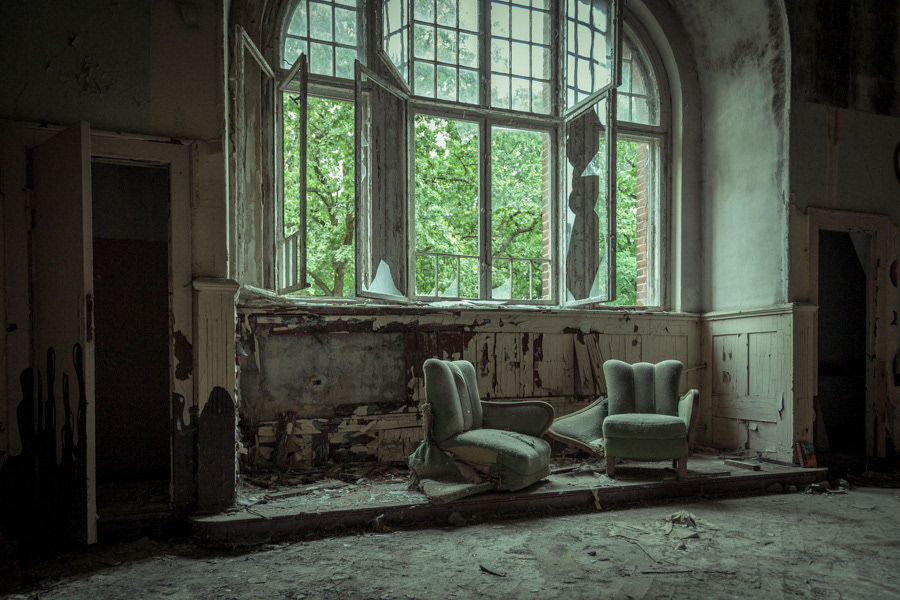
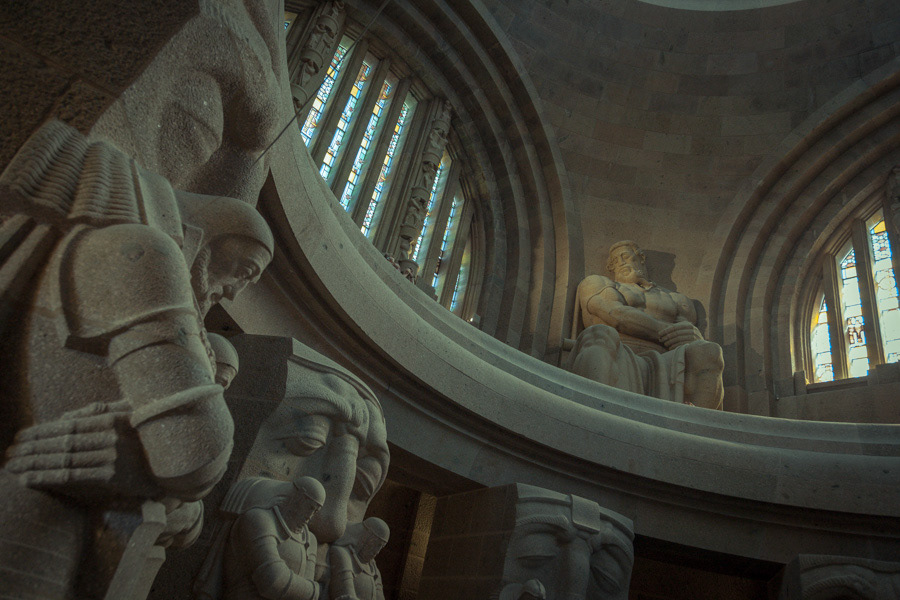
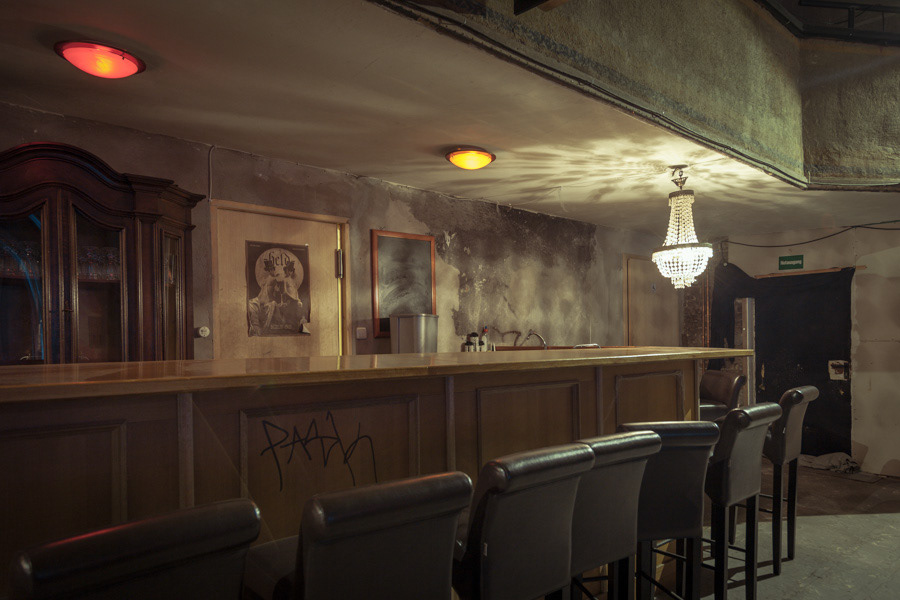
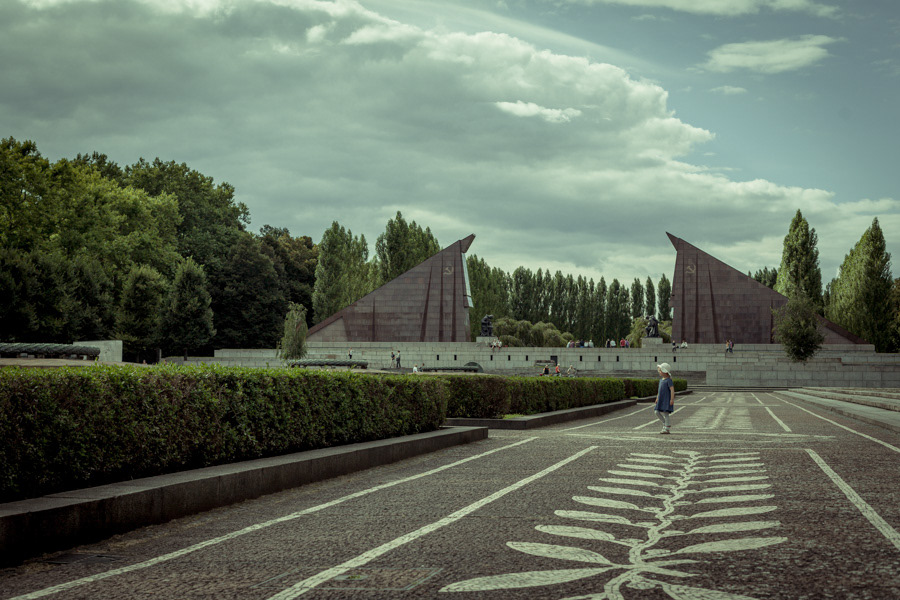
It’s hard to balance the need to remember with the potentiality of development, in an expanding and continuosly renovated city, disfigured for such long time by the baustelle (until these have become an integral part of the urban landscape and an everyday element).
It has repeatedly been saying that Berlin is not a museum-city, being the center of the Europe we can not think to be motionless as some other European cities; but for this reason it’s fundamental to choose wisely what to recover, if we think memory as a moral duty of the community, for the past as well as for the future.
Even we, who have chosen to live here as new citizens of Berlin, have an obligation to know, because we are now part of the collective memory of this city. From here borns the need to support the instant of my cohabitation with this city. I provide documentary evidence today of which is still possible to watch from the past and the half-view of the tomorrow.
